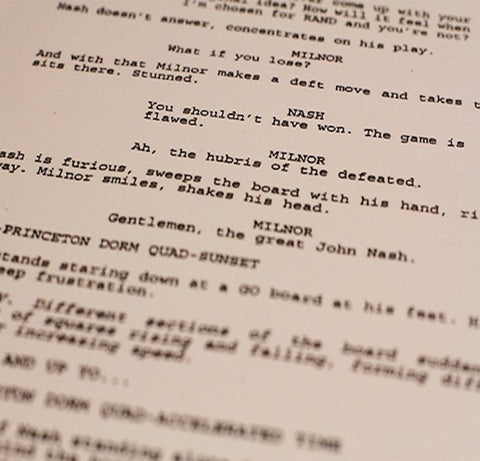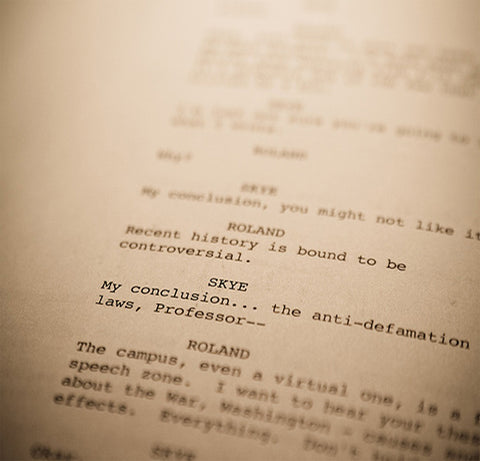
Salaciousness in Screenwriting
Sex and violence are key components of popular entertainment. Both scratch a deep itch within the human psyche. However, if all a given audience wants to watch is sex, they can indulge in pornography; if they only want to watch violence, they can turn on a fight or play a video game. Within the context of a scripted feature film, scenes of sex and violence, by the nature of the medium, work best when incorporated in the story.
If we have a fight scene, the fight can be exciting and awesome, but it should equally and concurrently work as an inherent part of the narrative. If we have a love scene, it can be steamy and/or swoony by degrees, but should equally and concurrently work as an inherent part of the narrative.
As an example of the former, look at GLADIATOR. The audience is showing up for the titular fights, and so the film has to deliver. But if it’s just two hours of gladiator fights and nothing else, it’s going to get real dull, real fast. To keep the audience engaged, every fight needs to be part of the story. In this film’s case, each battle in the arena gets Maximus closer to his revenge against Commodus, while also escalating the threat Commodus presents to Maximus, culminating with a duel between the two characters in the climax.
As well, each fight should be a mini-story unto itself. In GLADIATOR, one of the early fights has the slaves beset by archers in chariots. At the top of the sequence it looks like they are going to get massacred. But Maximus is a general; he uses command and tactics to turn the tide, win the fight, and save their lives. The fight isn’t just blood and death; it’s telling the story of our protagonist using his skills to unite the people around him, which pays off later when the now-loyal gladiators mount a rebellion so he can attempt to escape.
Love scenes are often used to draw our protagonist and love interest together. The intimate sequence tells the audience these two characters are now in love. From there, this newfound love might help the protagonist to grow (and thus advance an internal arc), and/or we might put that love to the test.
Sex scenes can also be used to convey a character’s emotional flaw. In FATAL ATTRACTION, the married protagonist engages in a hedonistic weekend of wild abandon with a woman he’s just met, which eventually endangers not only his marriage but ultimately, the very lives of his family. His selfish indiscretions force him to confront his failings as a husband and father and force him to take inventory on what matters most to him.
In the recent slasher film X, a group of actors sets out to make an adult film in rural Texas under the noses of their reclusive hosts, but when the elderly couple catches their young guests in the act, the cast finds themselves in a desperate fight for their lives. The sex scenes in this film are used to explore themes of independence, fame, aging, anger, jealousy, and repression. The sexuality (or lack thereof) of the central antagonist leads directly to the ensuing violence.
Looking at another Russell Crowe movie, we have L.A. CONFIDENTIAL. In this film, two of our leads, Bud and Ed, vie romantically for Lynn Bracken’s heart. Their love triangle sends Bud into a jealous frenzy that almost leads to Ed’s death.
A sex or violence scene is inherently intense, and thus acts as a crucible by which we can show where a character is in life. For instance, when Rocky loses to Clubber Lang in ROCKY III, we see he has gone soft; he’s on a path back to greatness. And in KINGPIN, when Roy sleeps with his landlady in lieu of rent, we similarly see in powerful terms just how far he has fallen.




